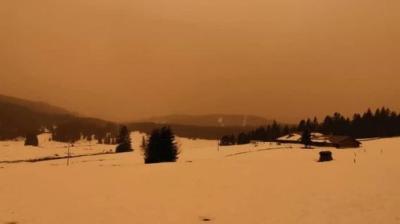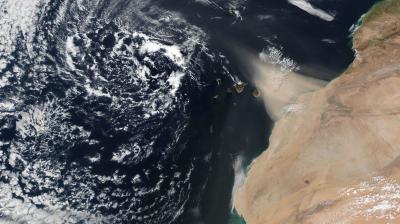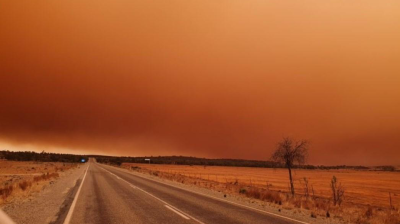WMO Airborne Dust Bulletin No. 7 – September 2023

The seventh WMO Airborne Dust Bulletin reports on the incidence and hazards of sand and dust storms in 2022, as well as their impacts on society. It also takes a look at how climate change may potentially increase sand and dust storm hotspots. The global average of annual mean dust surface concentrations in 2022 was slightly higher than that in 2021 due to increased emissions from west-central Africa, the Arabian Peninsula, the Iranian Plateau and north-western China.
About the series
The annual WMO Airborne Dust Bulletin reports on the incidence and hazards of sand and dust storms, which have a major impact on air quality, health, the environment, agriculture and economies.
Every year, around 2,000 million tons of dust enters the atmosphere and can be transported for hundreds of kilometers. Much of this is a natural process, but a large part of it is the result of poor water and land management.
Forecasts have improved greatly thanks to the WMO Global Sand and Dust Storm Warning Advisory and Assessment System, which coordinates international sand and dust research and has operational regional centres.




